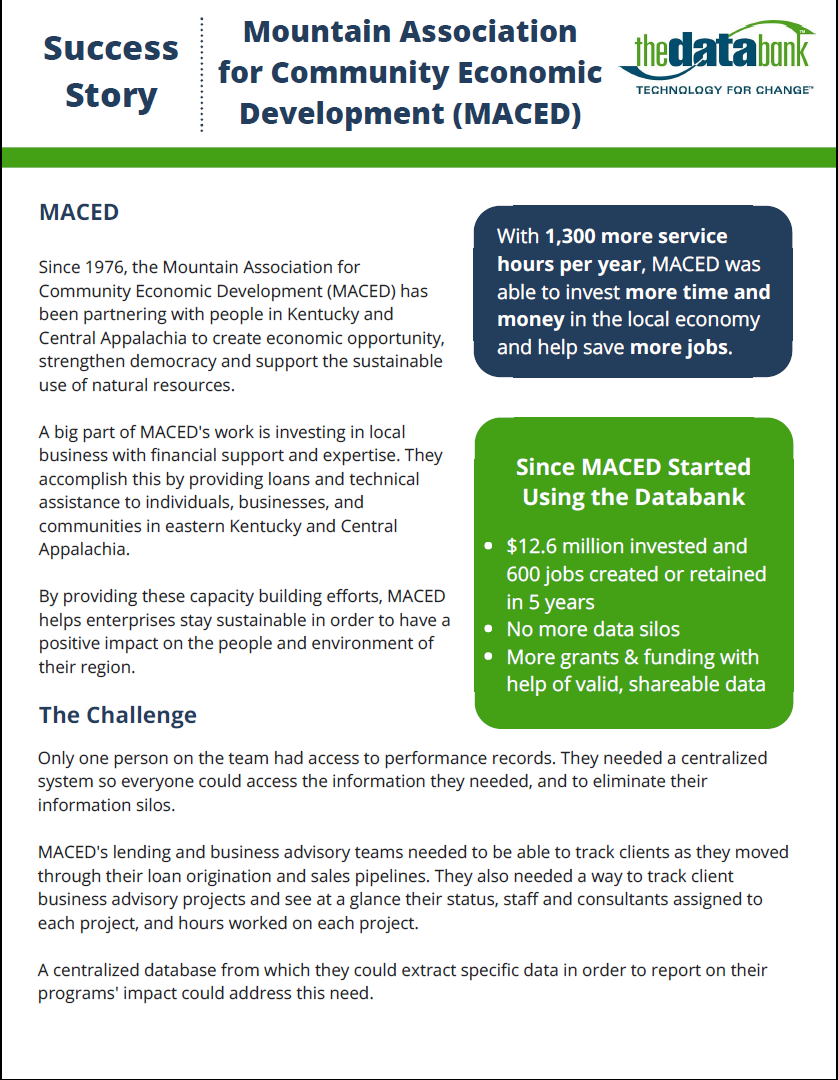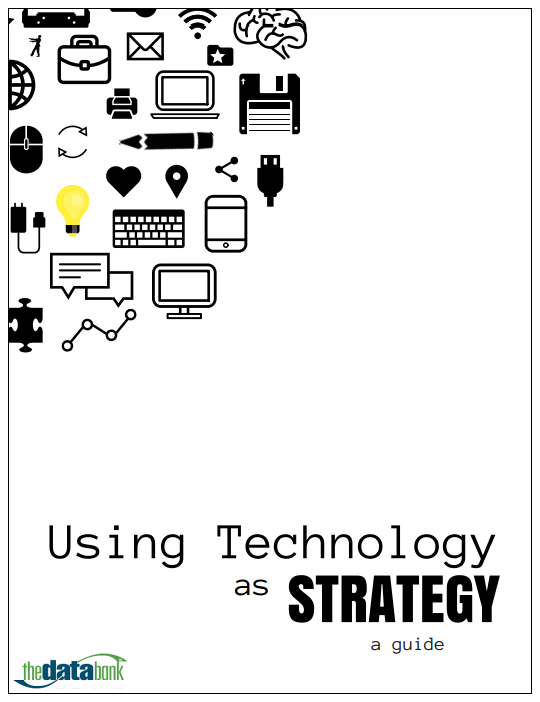As you are no doubt aware, a nonprofit can look like a very different place from year to year. A change in funding, a new executive director, or a board vote to pivot the mission can all drastically alter the scenery of your organization. One year you may receive a lifesaving grant or large donation, and the next you may not. Everything is subject to change in the nonprofit world, but there are some steps you can take to ease transitions and ensure that your organization continues to do good work in times of change. An important step to take in this process is data documentation.
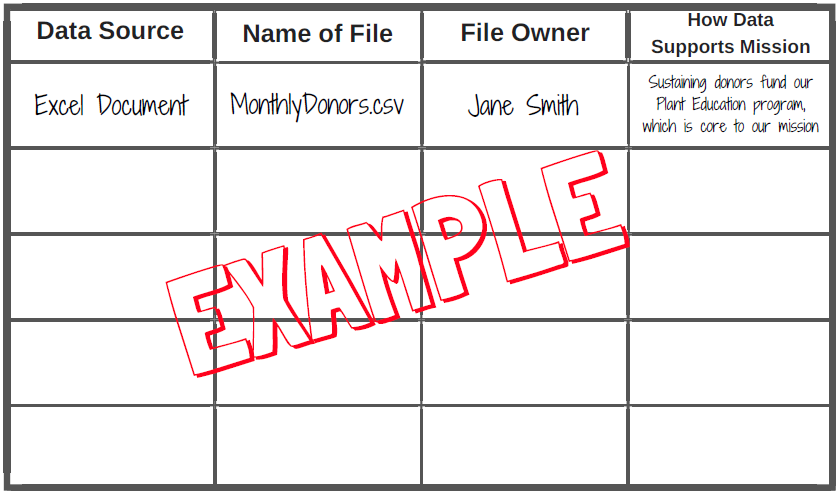
An example of what your data documentation might look like – download your own documentation sheet at the bottom of this post!
Your organization’s data – information on donors, clients, vendors, and more – may not be in one central location. Perhaps your development director has all of your donor information in an Excel spreadsheet on her laptop, your administrative assistant keeps the client information in a Google Doc, and the office manager’s list of vendor information is in a database only he knows how to use. All of these holders of knowledge are dedicated and reliable members of your nonprofit’s team, so there’s no plan in place to centralize this data.
Well, there should be. Staff changes can happen at any time, and even the best-intentioned employee can forget to share important data at the time of their departure.
Data documentation means listing all of your information repositories in one central place – and making sure staff members know where that central location is. It’s an extremely simple way to keep track of your important data and ensure there is no loss of information due to staff changes.
You should document:
- The location of the data file (Excel, for example)
- The name of the file (FundraiserAttendees.xlsx)
- The name of the file owner (Jim Hill)
- How the data in that file supports your mission (Fundraiser attendees donated money, helping us continue our mission)
Simply writing down and filing this information can help a lot. If you find that your information is spread throughout a huge number of spreadsheets, data documentation can help you with that, too; when the list of data files gets too long, that means you might need a new data solution!
To help you get started, we’ve put together a simple Data Inventory Sheet. Get your team together to fill it out, then store this information somewhere safe and secure that everyone on your team knows about, and your organization will be one step closer to smooth transitions and keeping its technology on track.
In case you missed it, check out Part One of our Technology as Strategy series, “Technology as Strategy: What it means and how you can get started“. Up next in this series we’ll show you how you can assess your organization’s technology needs and see if your current technology is helping you implement your mission.
Also, to learn more you can download our free Technology as Strategy guidebook! It includes worksheets and questions to ask yourself to help get you started.


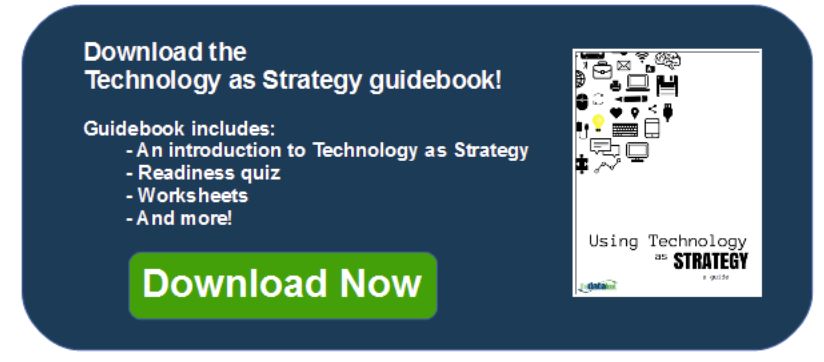




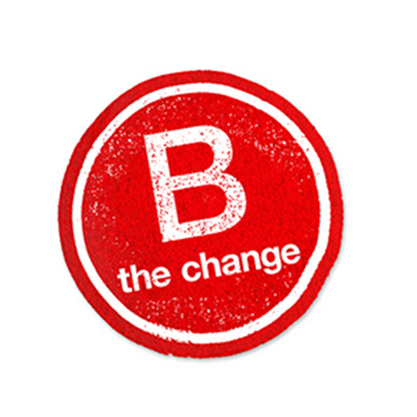


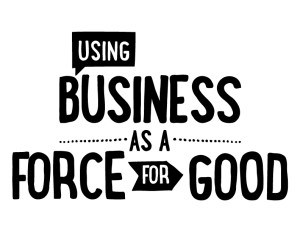

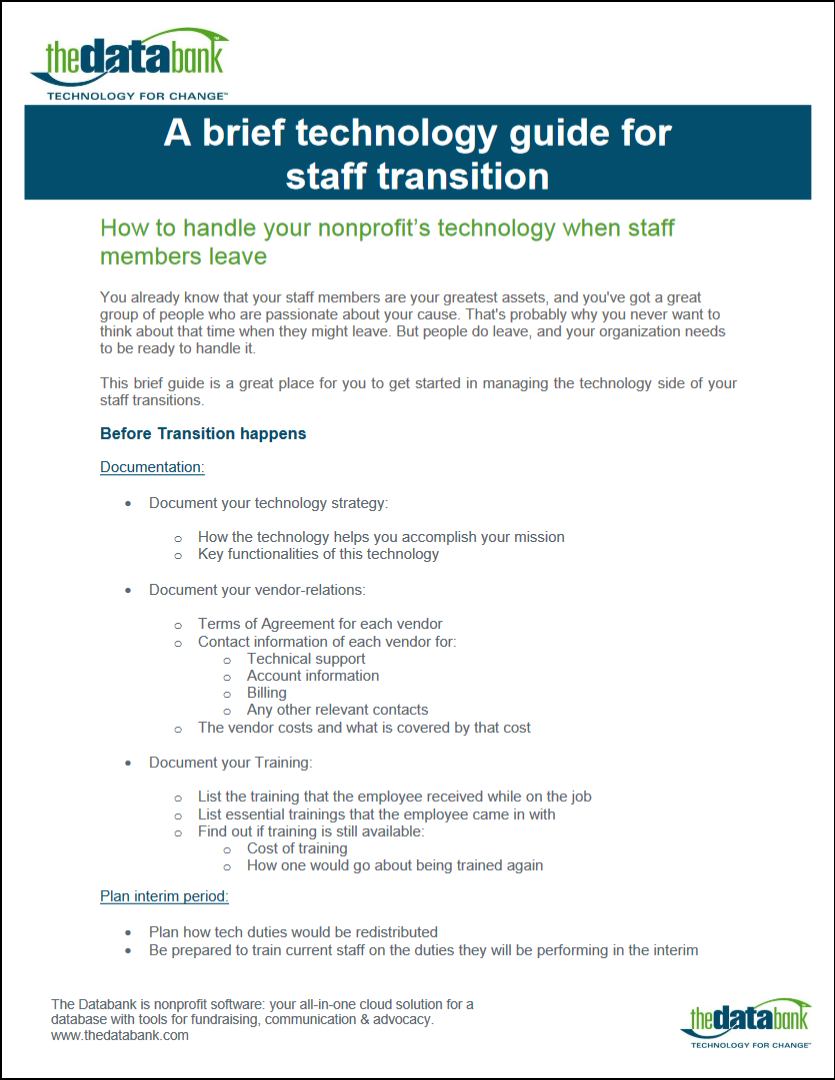

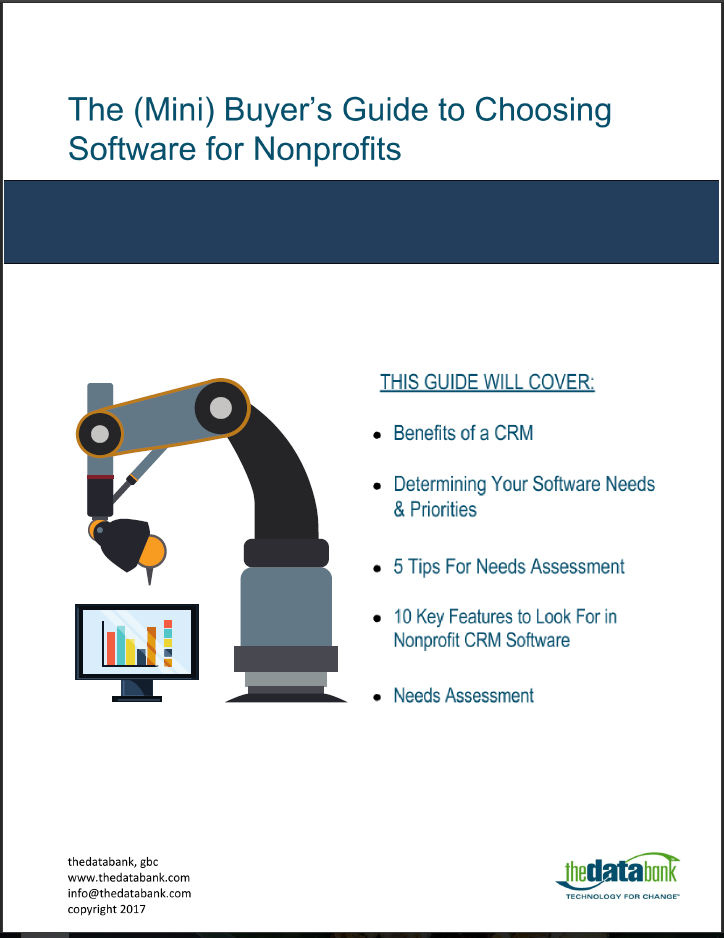
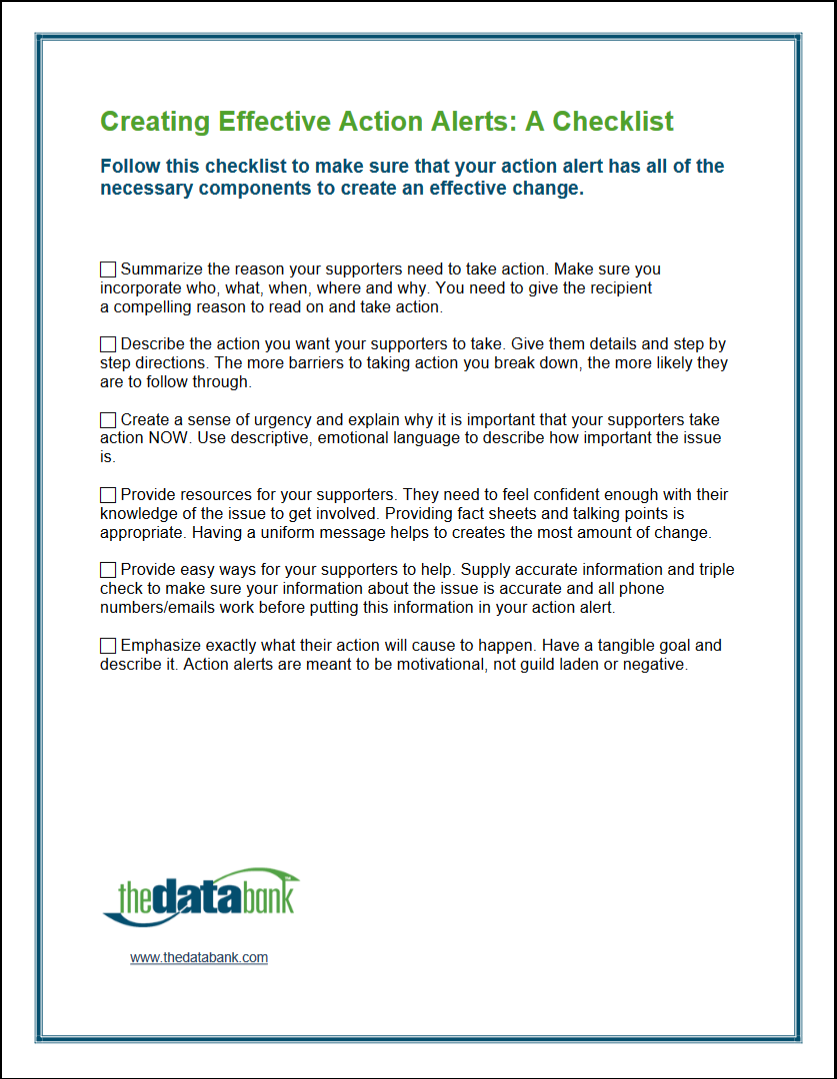

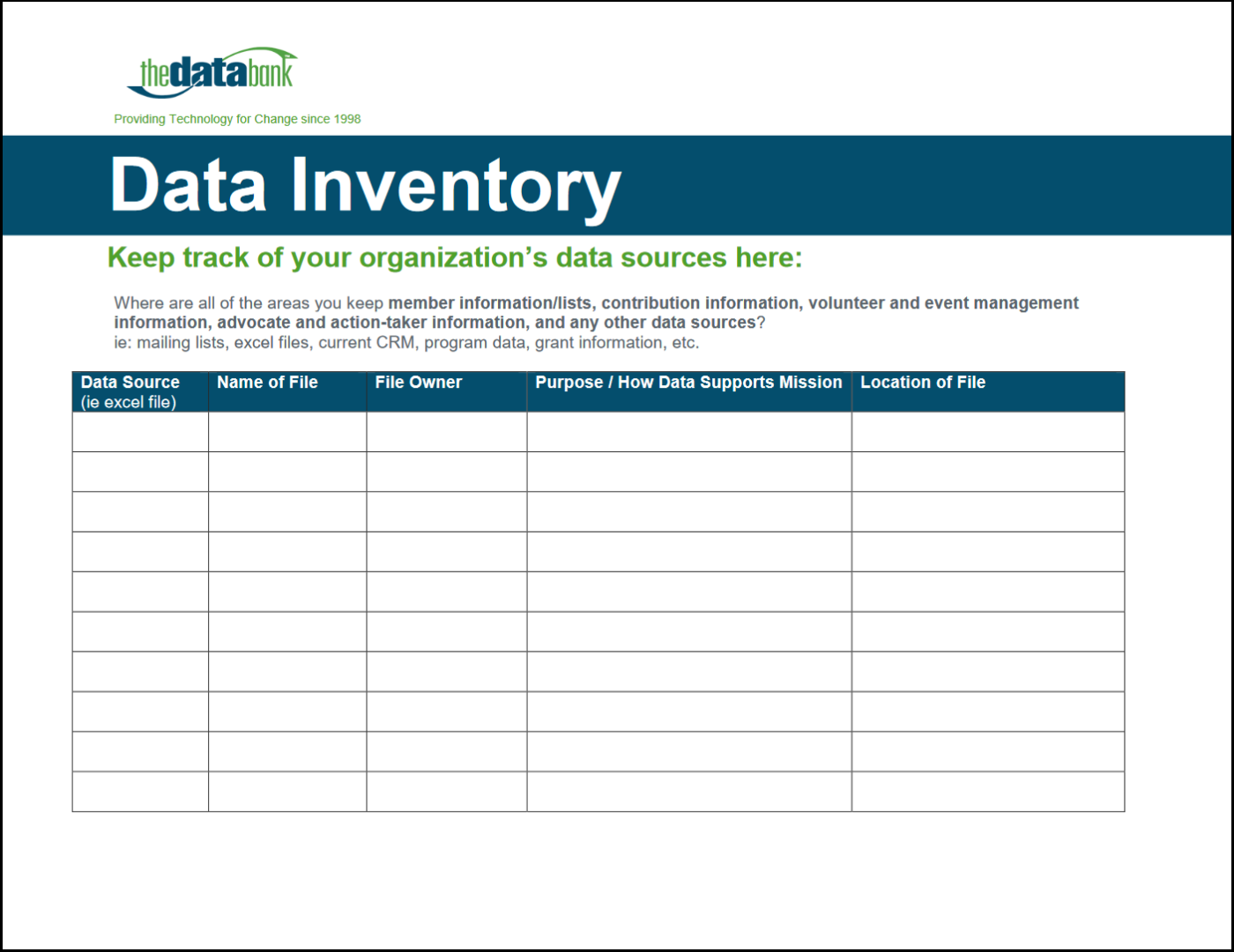




 thedatabank, gbc is technology for change, and we walk the talk.
thedatabank, gbc is technology for change, and we walk the talk. 